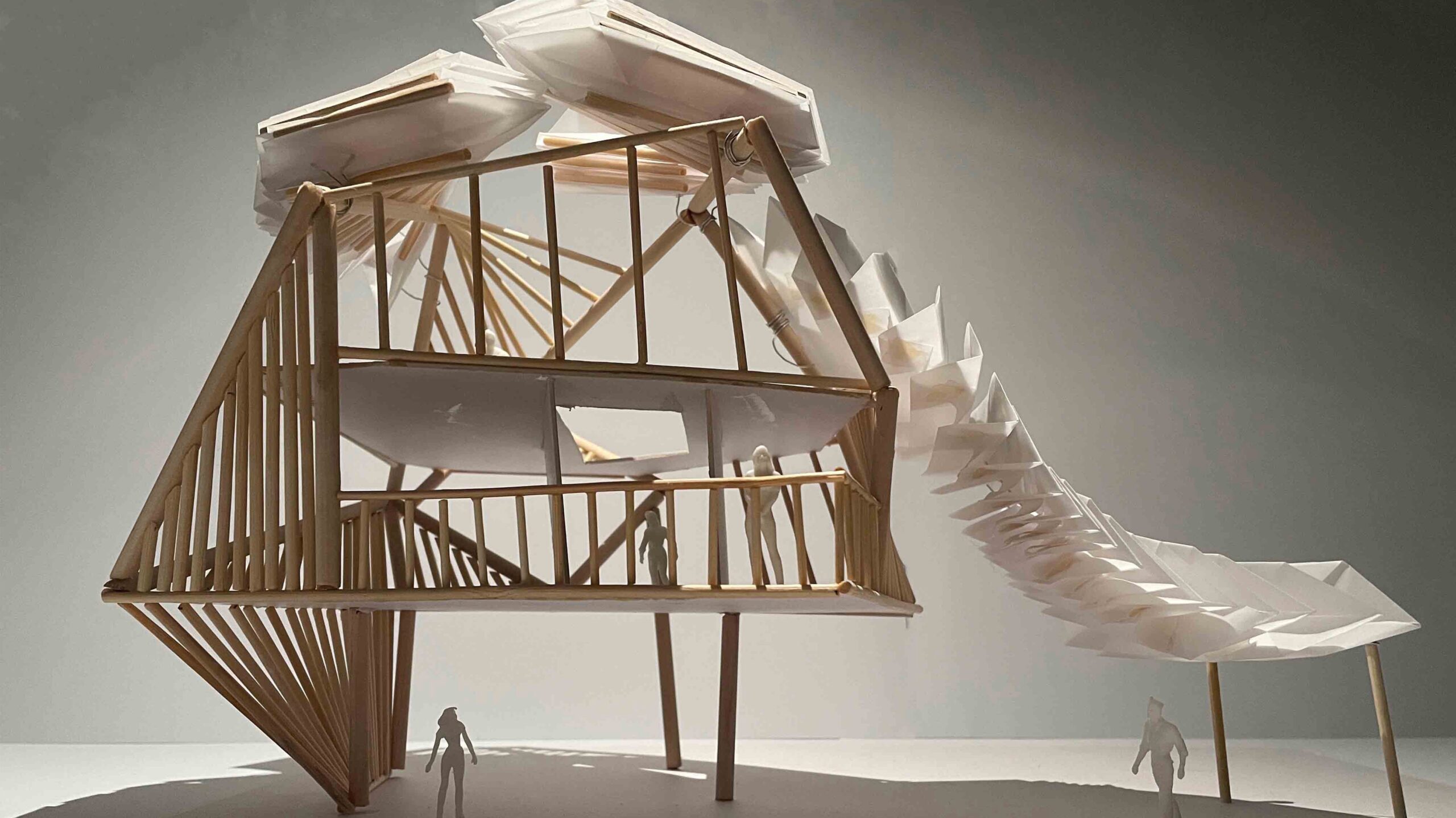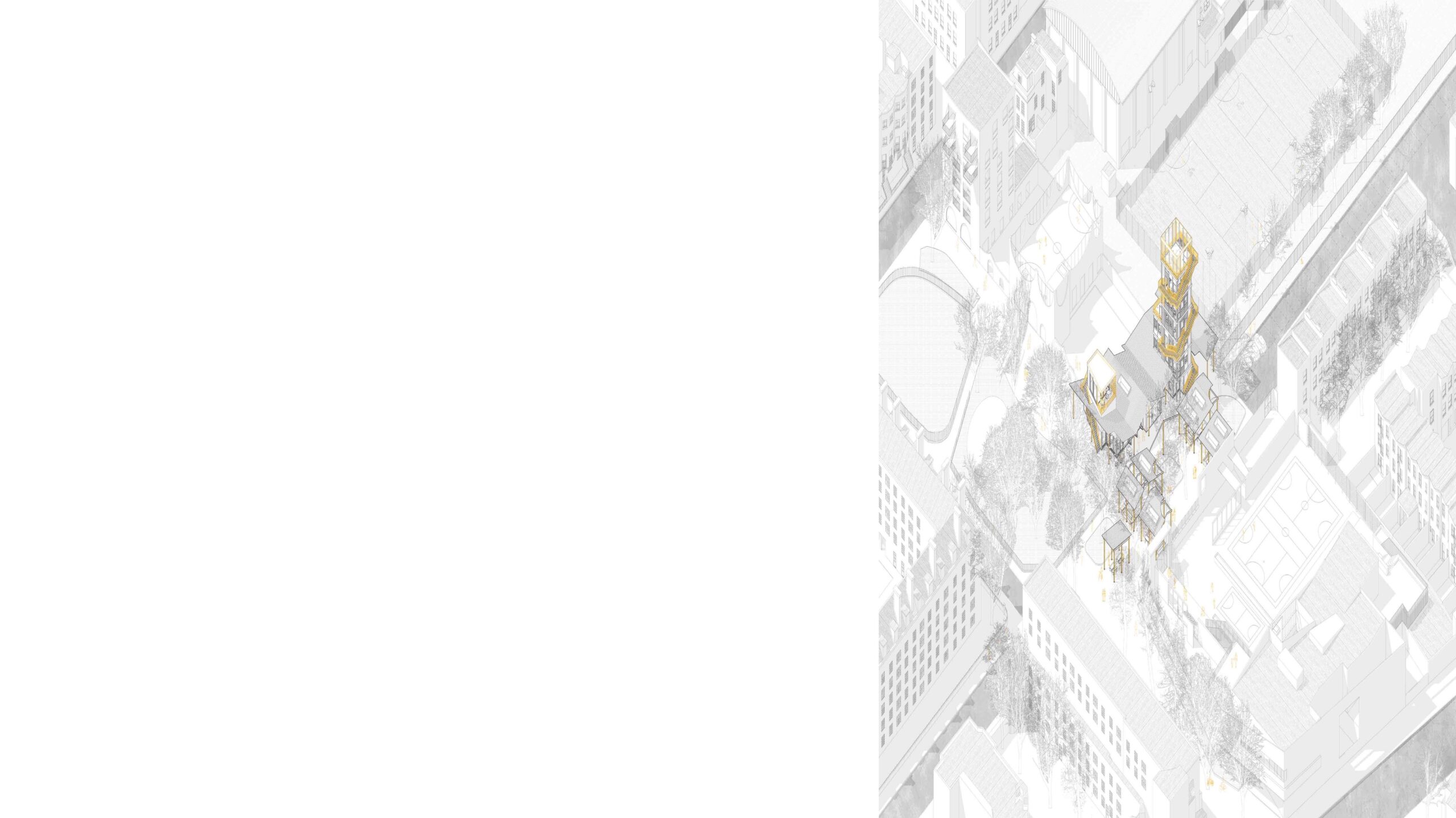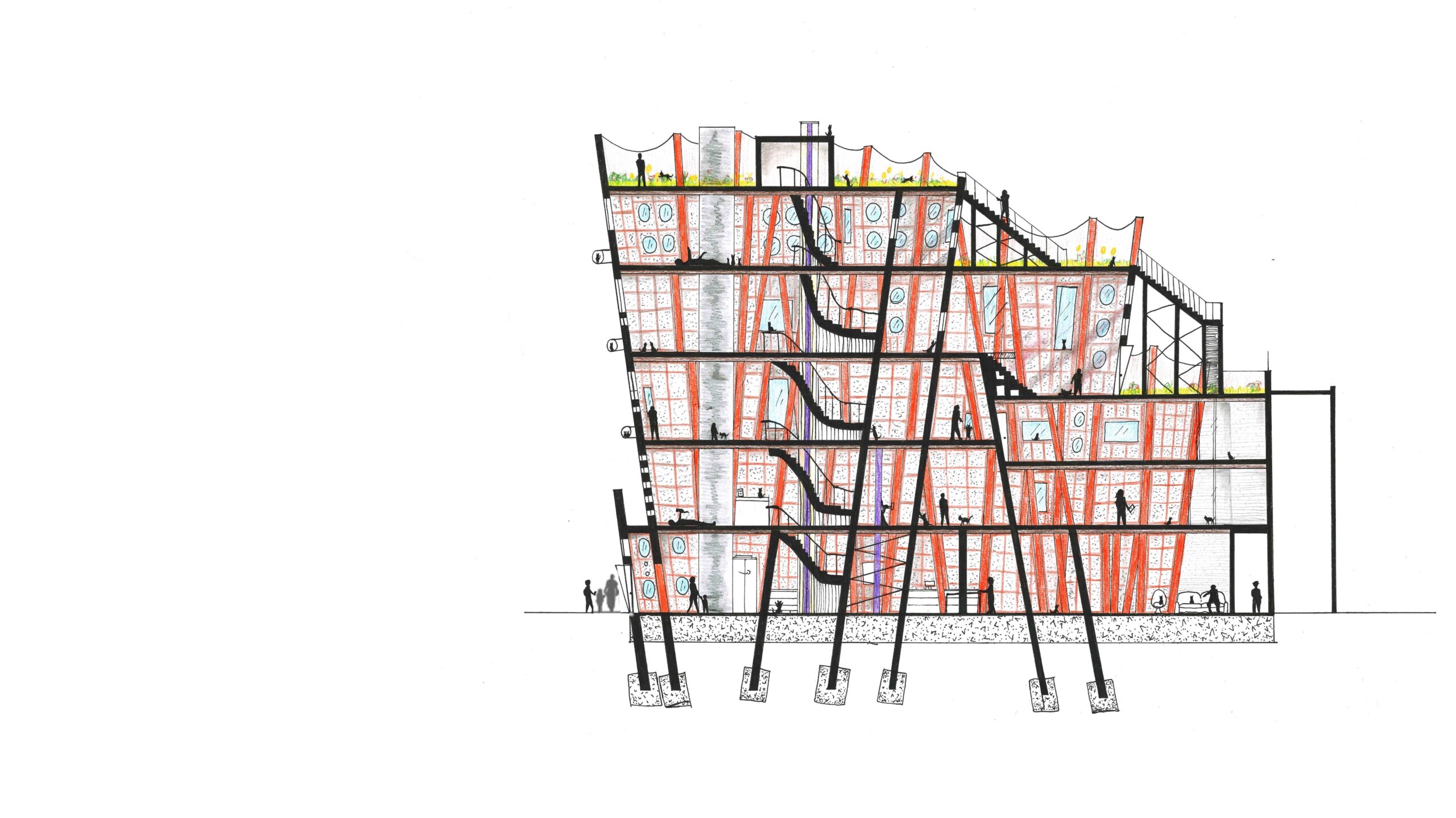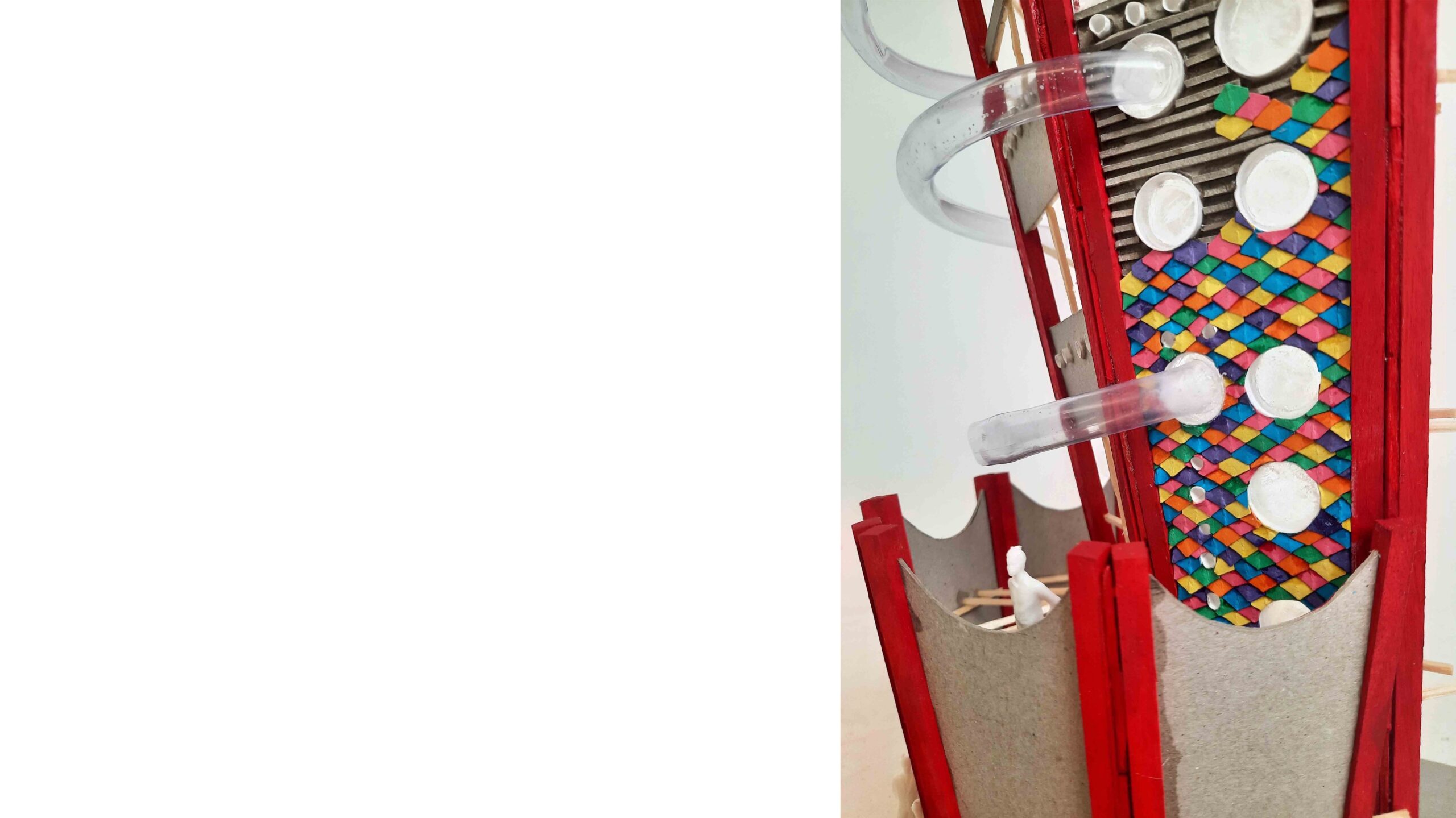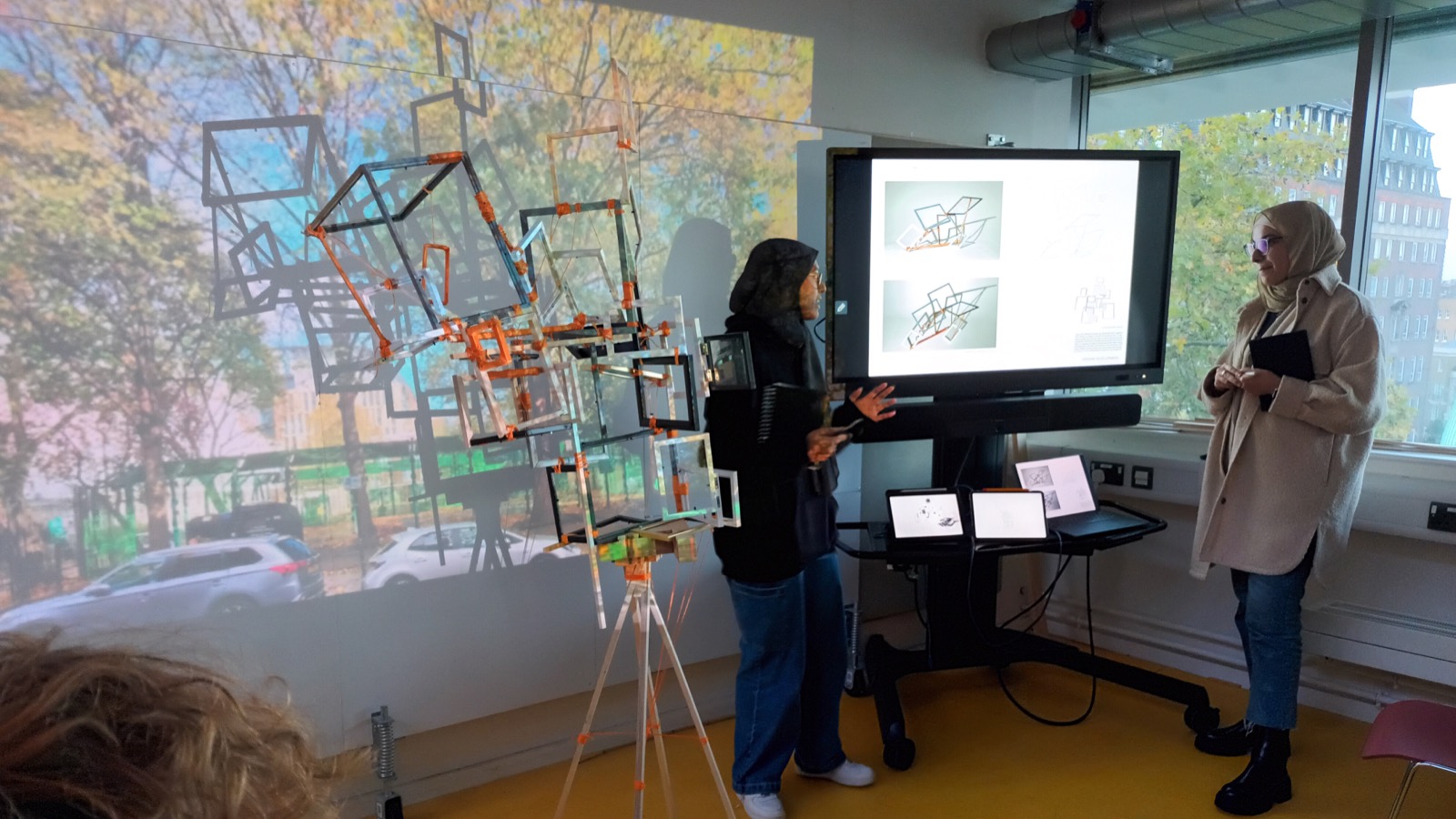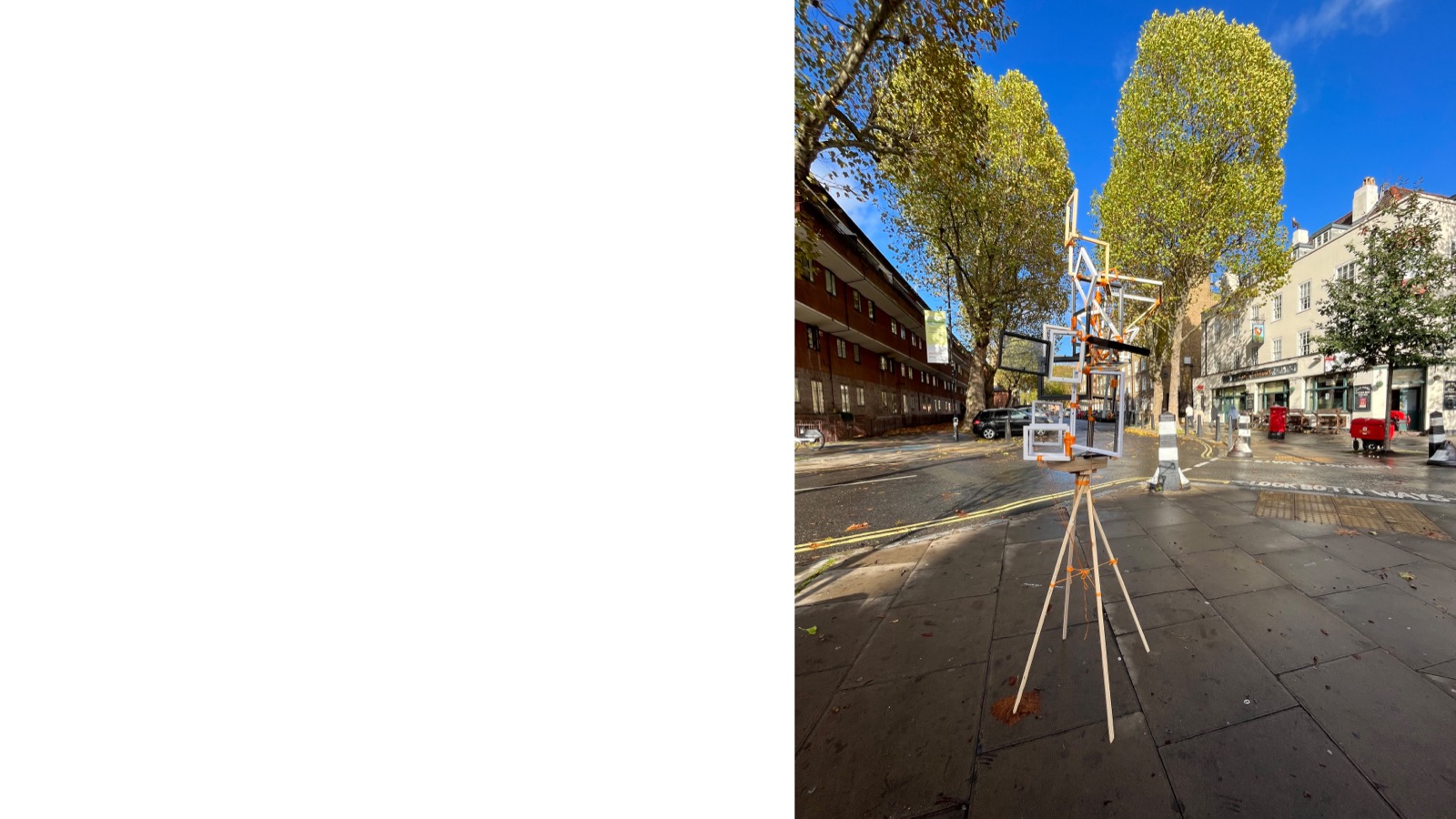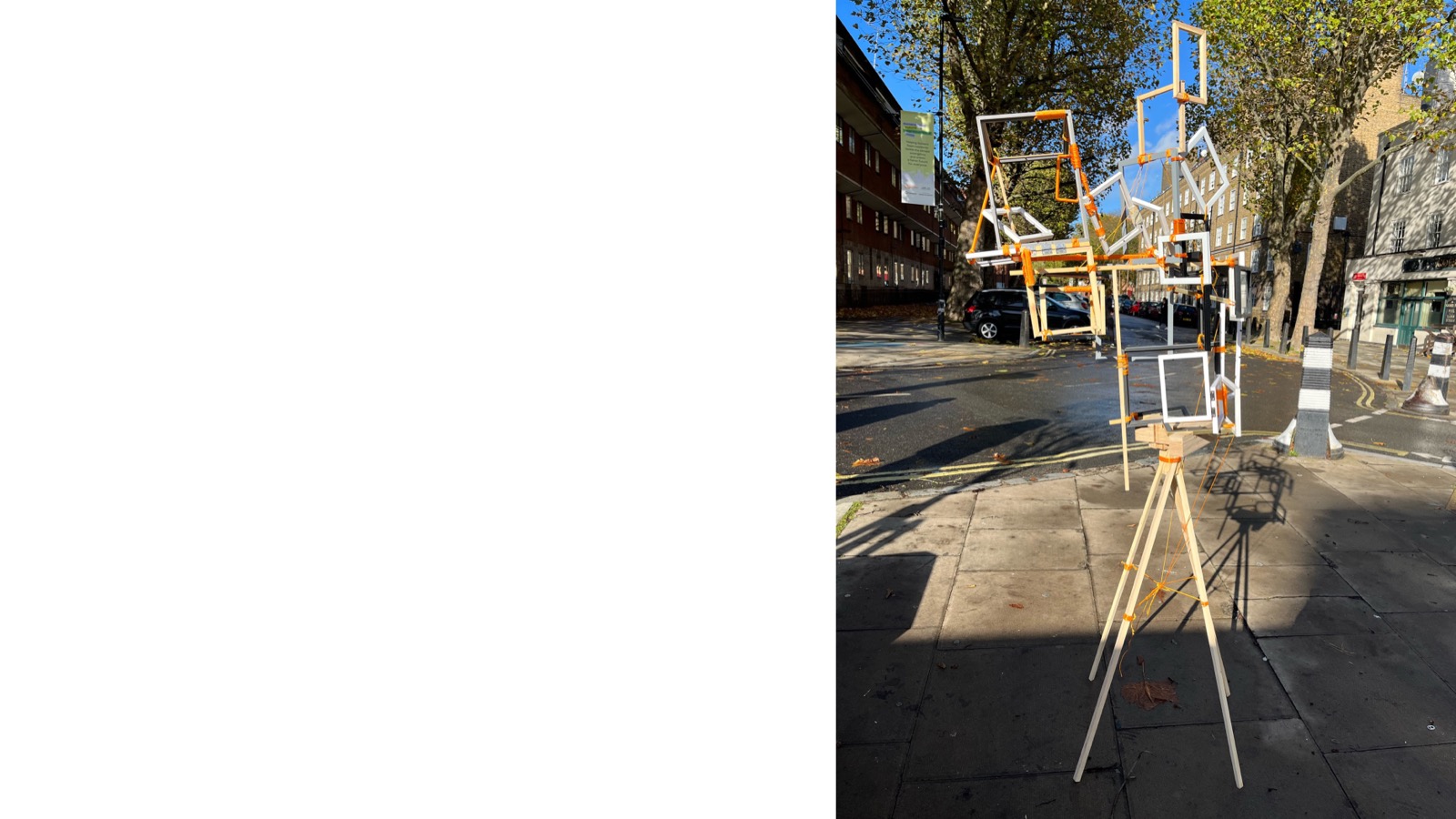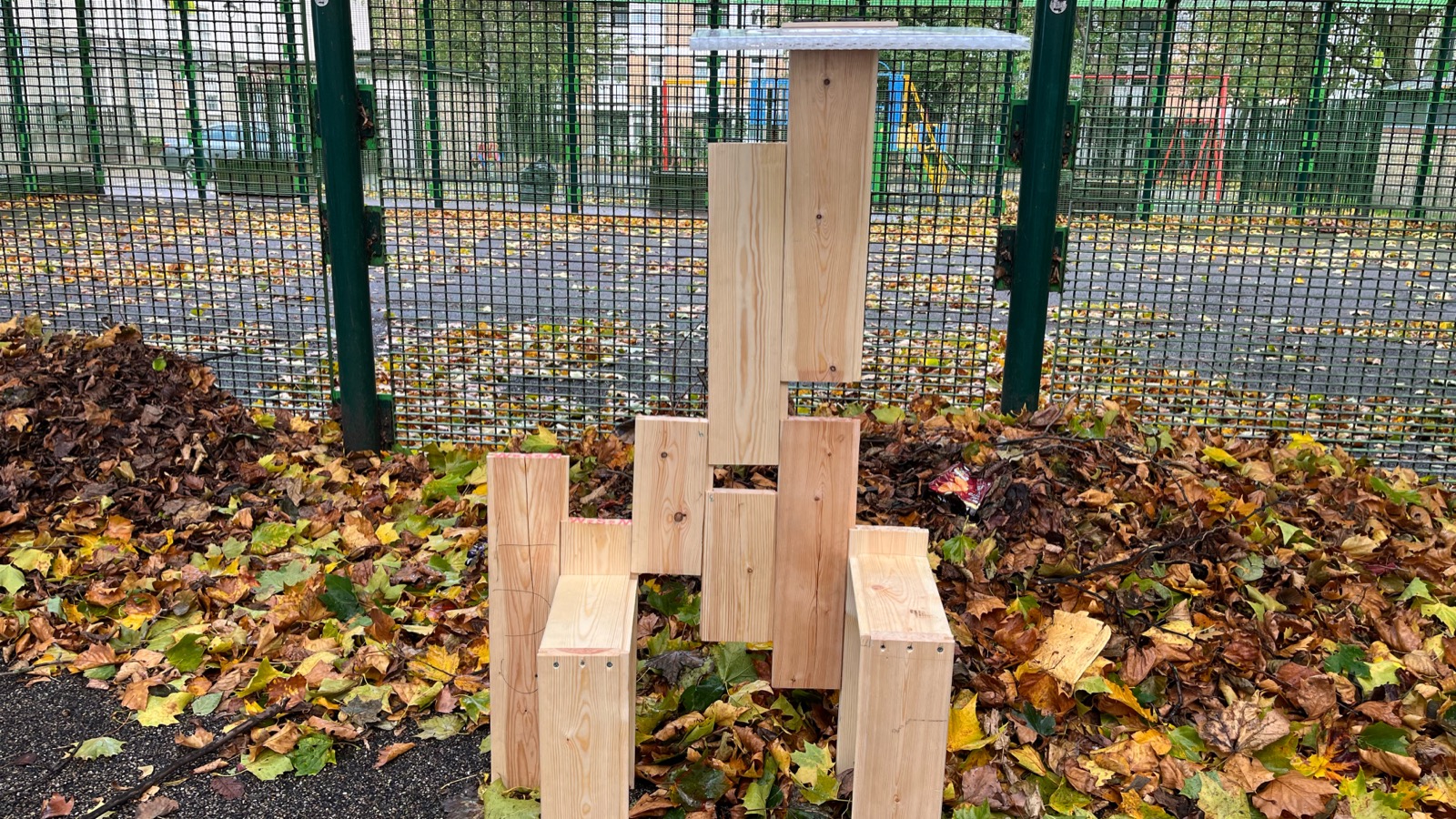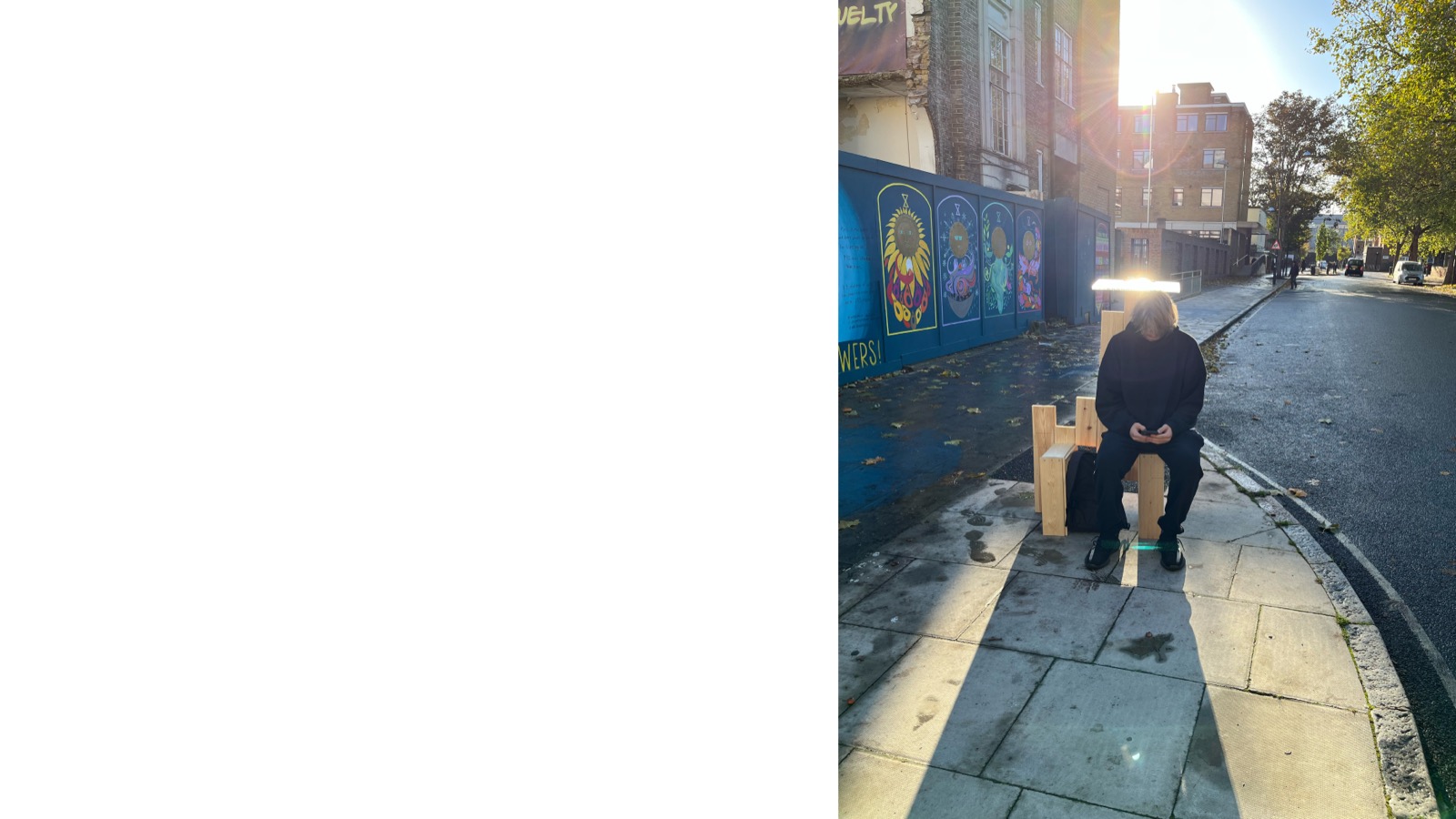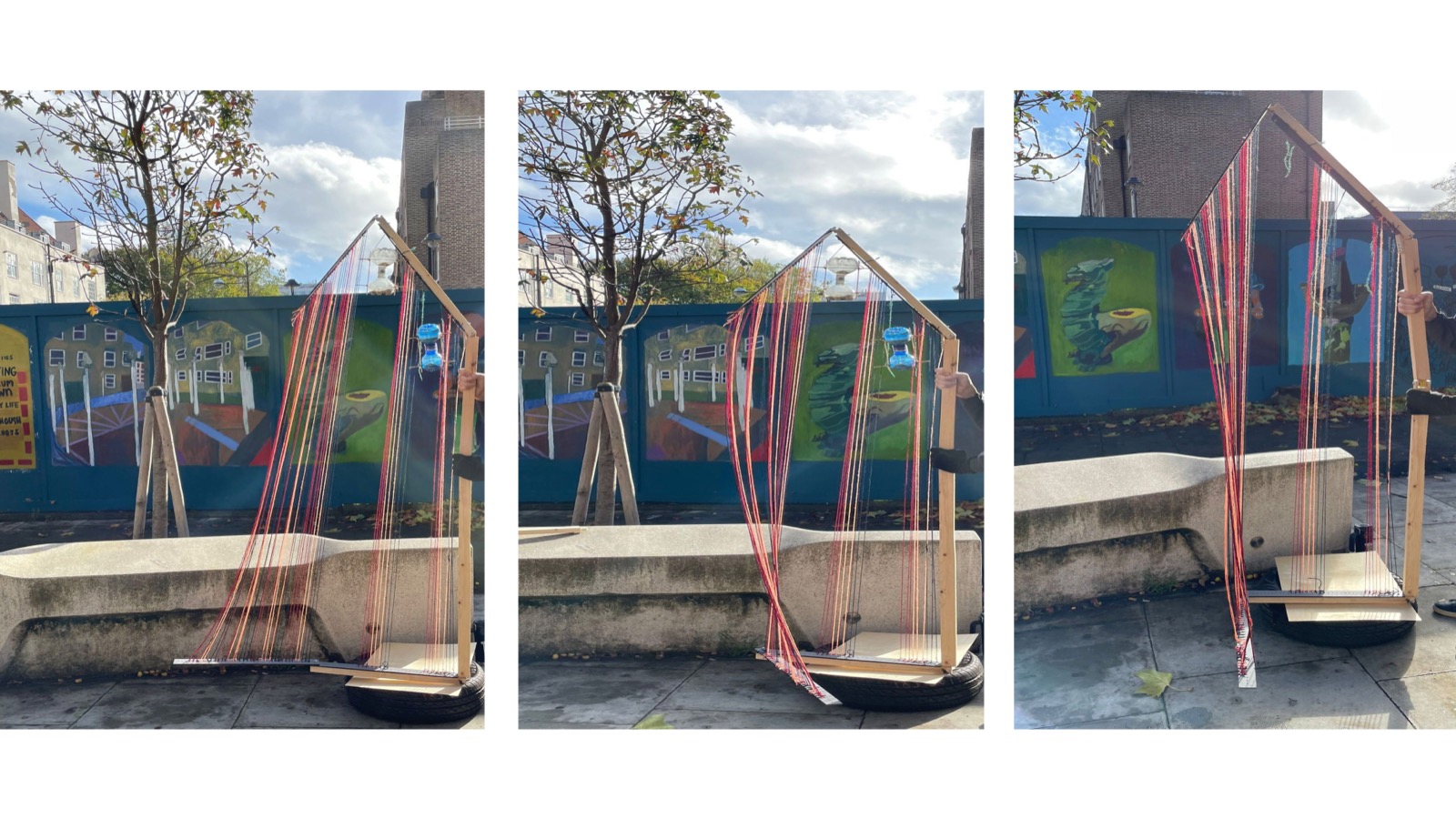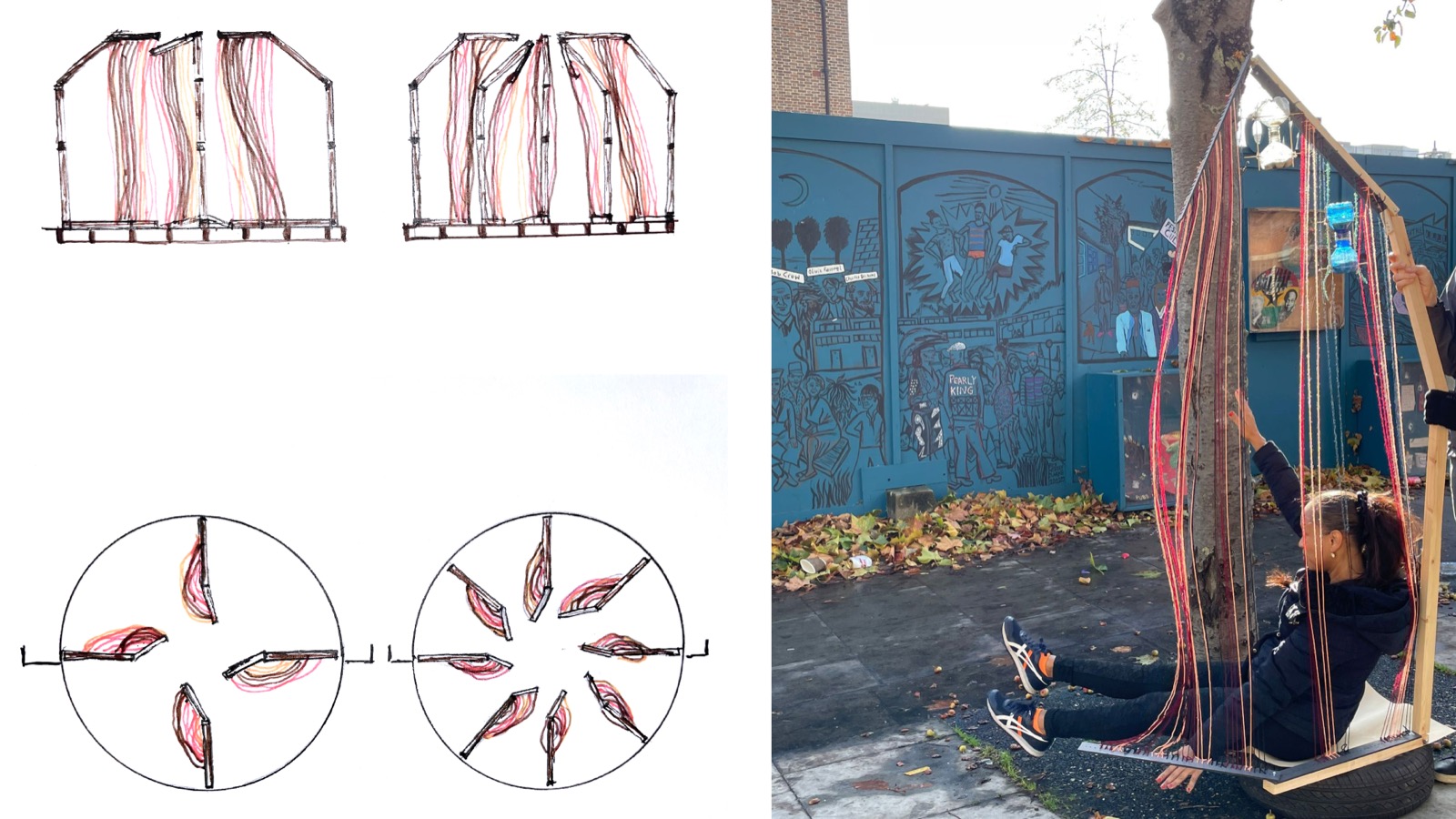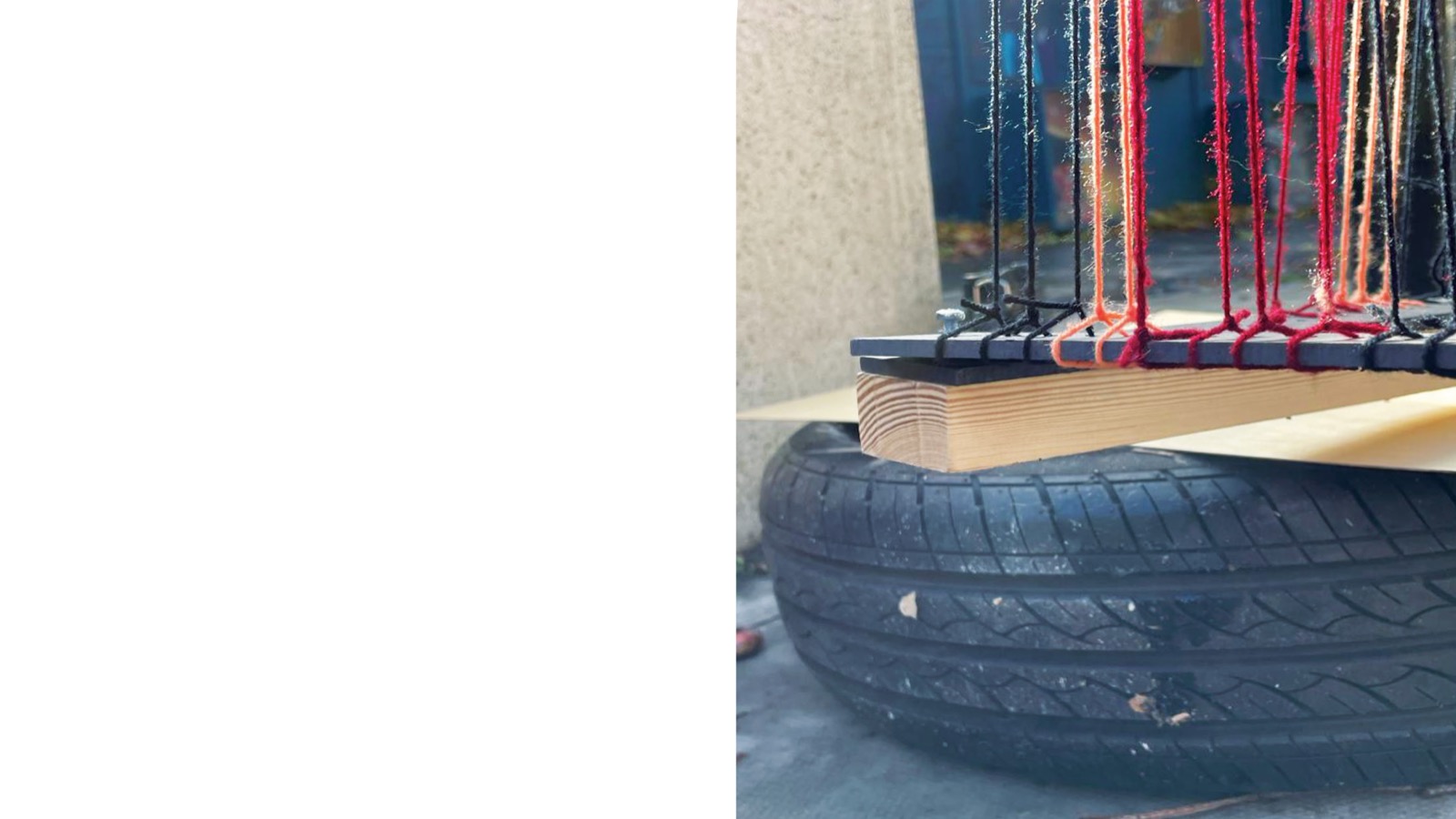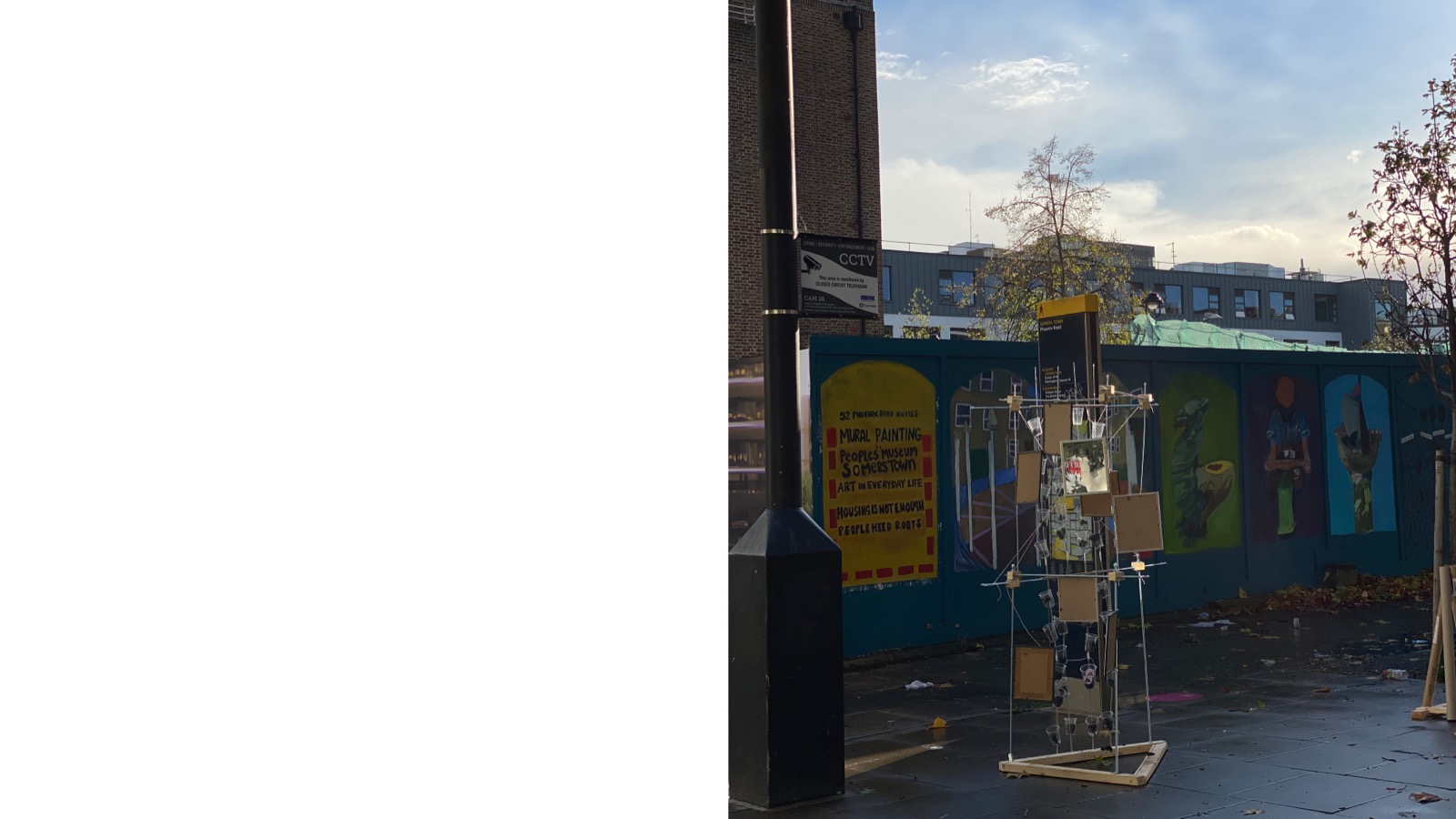Design Studio (Two) Four ARCHIVE
YEAR 2 – DS2.4
Tutors: Camilla Wilkinson and Chris Bryant
Camilla Wilkinson is an architect and lecturer. She has worked in high profile practices in Germany and the UK. Camilla makes research and lectures on the 1914-18 war camouflage system Dazzle Painting.
Chris Bryant is a founding director of London practice Alma-nac Collaborative Architecture.
Fragments: Future Cities
Context
DS2.4, led by architect-tutors, is an outward facing studio where the process of developing architectural ideas relates to our messy, unpredictable and complex world. We will explore the theme ‘Future Cities’ in places where small architectural innovations and new directions materialise – on the fragments of land or in redundant buildings that allow informal inhabitation and new modes of experimentation to take place. Camden, carved up by developing infrastructure (trains, canals, services) and post industrial sites, has a council intent on achieving a zero carbon borough by 2030. This aim does not yet extend to the construction methods and materials in high density development sites but in the smaller grass routes projects, flexible enough to shift from temporary site to overlooked fragment of land, we witness ideas that may suggest a way forward.
Studio Questions
- How do we experience our environment?
- What history of ideas, perceptions, and actions can we draw from fragments?
- How can the use of fragments inspire behaviour change?
Methods
Architecture is a live experiment. DS2.4 work through imaginative acts of making and devise scenarios through serious play. We teach that every step of the creative process requires the production of visual or tactile representation. No thought has value without a means to represent it. We teach that material production may precede thought, so that post-evaluation of experiments is key to the creative process – that of our own and our studio colleagues.
We explore architecture by experiencing and analysing precedents and their programmes, through discussing questions posed by architectural thinkers and practitioners. We will visit buildings that are celebrated, contentious or primary case studies for use and re-use. We will support your development within a framework of architectural thinking in relation to the year brief Fragments: Future Cities, environmental considerations (behaviours2, political and social activities) and experimentation. The values of courage (risk taking) and generosity (mutual support) are key to the success of our studio culture.
A broad range of critics are invited to review stages of project development. The ‘crit’ is highly valued and your work celebrated through a studio-wide exhibit to which every-one contributes.
We teach that testing the requirements of the brief in relation to experimental design proposals gives the creative process value. These are rigorously tested through careful analysis, on site, through model making and orthographic drawing.
Deliverables
- 1:1 architectural fragments to be tested on site
- record event through photography, drawing, animation, mixed media
- represent imaginative future scenarios through articulate scaled drawings that test value of ideas
References
We will refer to writers and practitioners from the fields of art, architecture, humanitarian development, landscape design, urban planning: Arte Povera, Lina Bo Bardi, Al Borde, Assemble, Atelier Bow Wow, Patrick Bouchain, Lindsay Bremner, Giles Clement, Elemental, Flores Prats, Nabil Hamdi, Anna Herringer, Jane Jacobs, William Kentridge, Lacaton Vassal, MUF, Ooze, Frei Otto, Cedric Price, Raumlabor, Sauerbruch & Hutton, Bernard Tschumi, Vanessa Watson










